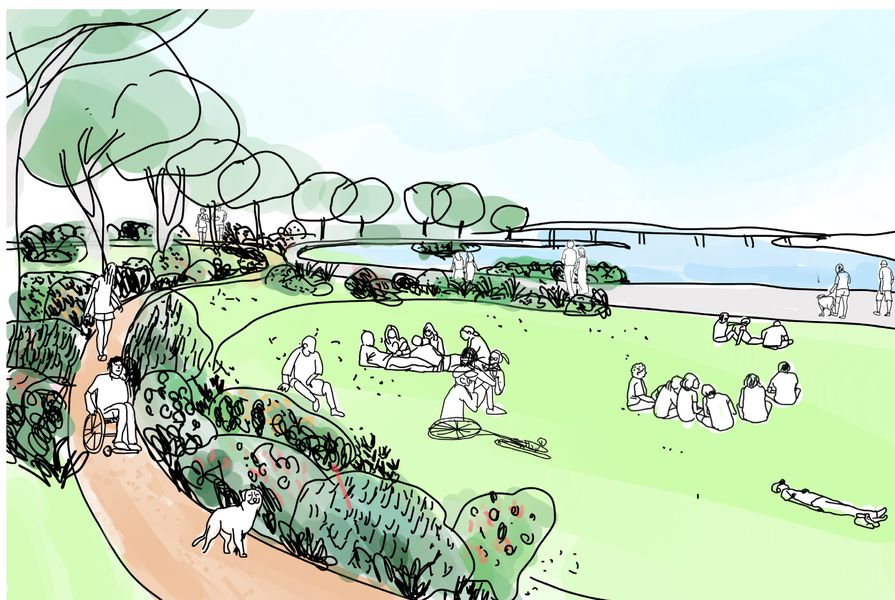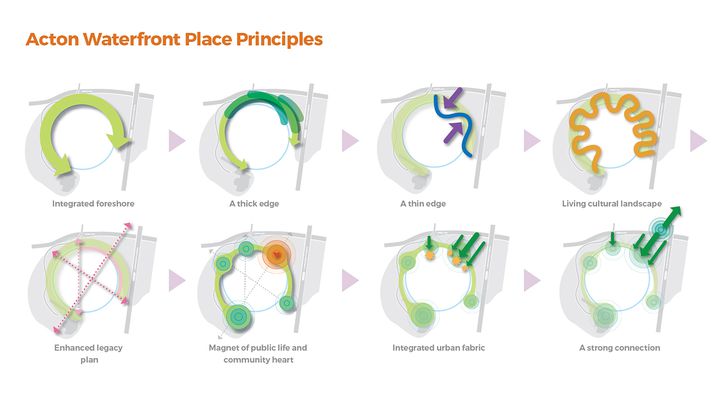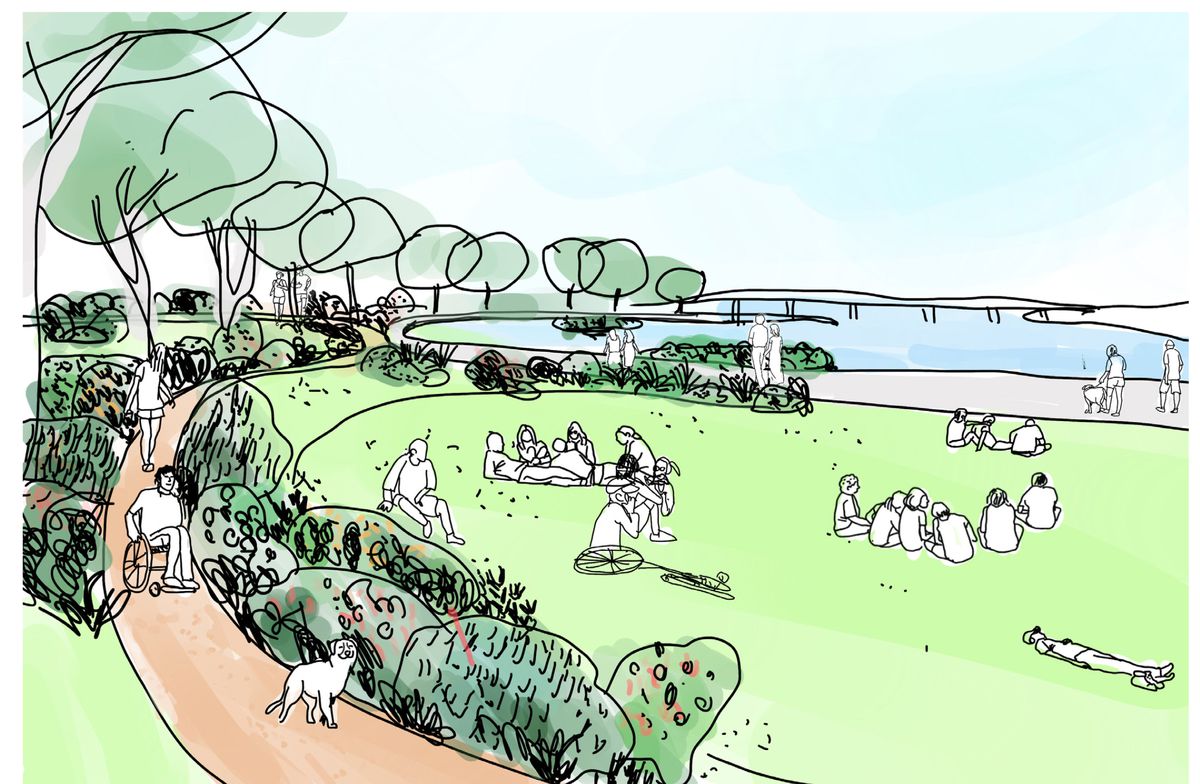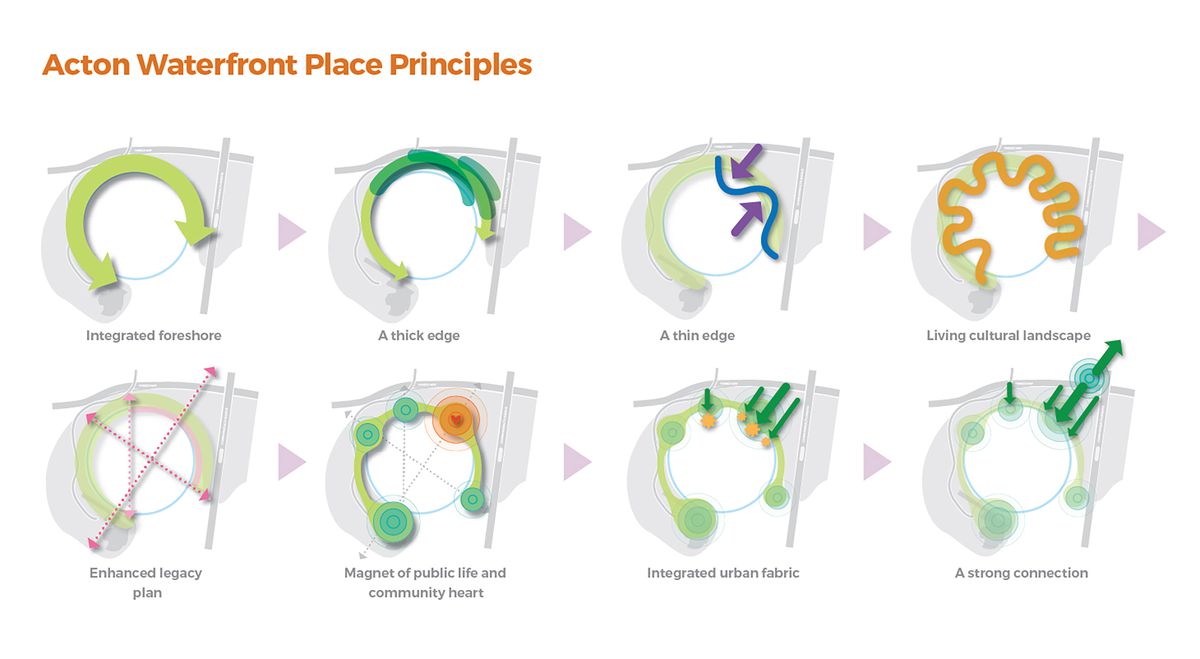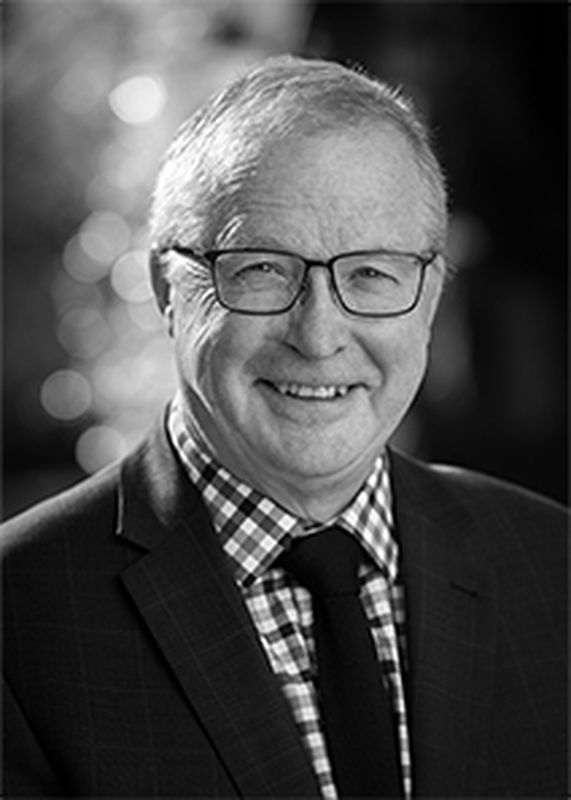Malcolm Snow, Chief Executive Officer at City Renewal Authority, Canberra.
Emma Washington: What’s your role?
Malcolm Snow: I’m CEO of City Renewal Authority (CRA), a statutory authority of the ACT government responsible for managing the renewal of central Canberra.
EW: How has your career developed?
MS: I’ve always had a strong interest in design, sociology and the environment. My first degree was in regional and town planning and I worked as a planner for six years before completing a master of landscape architecture at the University of Melbourne in 1982. I decided to focus on urban revitalization, which I saw as an increasingly important challenge. I worked in Scotland for the Scottish Development Agency (now Scottish Enterprise) and returned to be the head of design with the City of Melbourne, working for nearly a decade on the revitalization of central Melbourne. I then returned to the private sector as a director of Urbis, specializing in urban design. My next position, as CEO of Brisbane’s South Bank Corporation, was a fusion of place-making and management, design and planning. Following that, I worked for Places Victoria as General Manager of Design and Place Strategy, then as CEO of the National Capital Authority, a Commonwealth Government agency. In early 2017, I took up my current role at CRA.
EW: What do you see as the appeal of these roles for landscape architects?
MS: When you work for government, you’re working with a big palette. In a city-state like Canberra, you can be involved with every part of what government touches and does, so there’s plenty of variety! My recent roles have all been with statutory authorities which are more independent from government, reporting to a board rather than a minister. You have more flexibility but still work across a wide spectrum of portfolios, such as community, environment, planning, economic development and engineering. And you’re working with public land, which makes up a large part of the urban footprint. Government looks to agencies such as mine to give them advice, to encourage them to be bold and to take calculated risks in remaking the city in new ways. Getting politicians to think beyond just the election cycle requires good strategy, but also means you need to be opportunistic and tactical to achieve your goals. Government’s role must be to lead by example, not to follow.
EW: Why are landscape architects well suited to strategic city-shaping positions and what particular skills do they bring to the table?
MS: Landscape architects are well placed to take on city-shaping roles, particularly in place renewal and revitalization, because they’re spatially more adept. We also mesh the environmental and people dimensions more easily. So much of renewal is about the public environment and improving its quality and use, but also about working with the private sector, which we do as a planning referral agency, to get better quality development outcomes. By having a seat at the table, and being able to contribute in a way that’s technically strong, clearly communicating the issues, and by understanding the built implications of your design advice, you can add immense value both for the applicant and the community.
The Acton Waterfront Place Principles will guide the tangible design outcomes for the new waterfront precinct.
Image: City Renewal Authority, ACT Government and Place Laboratory
EW: Have you seen a shift in your department in terms of hiring landscape architects recently?
MS: We have a variety of professions working in our agency, but the majority of my design team come from a landscape background. When I recruit for our agency – not for every role, but certainly for our place and design team – the core competencies and experiences are centred on the urban landscape, both at the broader strategic level, as well as [at the] precinct scale. That ability to think holistically about the city and to be able to work at a variety of scales is essential.
EW: What are the major issues/ challenges you’re engaging with in your work at the moment?
MS: I think the key challenge for urban centres is economic and social recovery, and how we adapt [those centres] to the new post-COVID paradigm by encouraging people to come back and use them. As well as making their public spaces attractive, we will need to use different levers and work with different partners. Winning funding support from government for our projects will be harder [going forward], so the challenge is finding the common ground between different portfolios and adopting a “joined-up” approach to realize the shared benefits. Forming stronger partnerships, particularly outside government, and working more closely with the community will also be crucial. So, collaboration, both between the professions and the different players in the city, is our new mantra.
EW: What are some of the major projects currently in the works?
MS: At the big scale, we’re planning and designing a new waterfront for Canberra on Lake Burley Griffin. It’s been controversial but it will be transformational for the city. [The site] is currently a sea of asphalt car parks, but just as the Griffins’ imagined, it’s where city centre and water should connect, [with] a new urban park. Engaging constructively with the community on the place ambition will be key to its realization. The city-shaping light rail project is another important project, ensuring that urban design informs the infrastructure decisions, not the other way around.
We’re also working on a new civic and cultural district for the city centre. Government has approved the business case for a new Canberra Theatre redevelopment and CRA has land around the site which it can develop. It’s a strategic opportunity to reimagine and re-energize our city square and create a compelling destination by introducing a fine-grain public space network, using the new theatre and mixed-use development investment as the renewal catalysts.
UNSW Sydney is building a new campus in the city centre which will further consolidate its important role as a knowledge cluster. We’re working with them on its master planning to ensure we get the best long-term place and economic outcomes. All of our projects prioritize pedestrians and active travel before cars. We’re also exploring pilot projects with the private sector on affordable housing on sites that the CRA controls using different delivery models. These are all “game-changing” initiatives and, when they come to fruition, [they] will strengthen Canberra’s liveability and sustainability.
EW: What do you see as the future for landscape architects working in these kinds of strategic government roles in Australia?
MS: It’s positive and professionally rewarding. Personally, it’s where [I feel] I’ve had the biggest impact in making better cities. Everyone in the community should be the beneficiary of design well-done and, again, government agencies should lead this through action. In a visionary government, you can try different things and take calculated risks, which is something you don’t typically get to do in the private sector, where you might have a nervous or uninformed client. Our projects are sometimes subject to changes in government – but you deal with it when it happens. You work with the players you have and your objective is to lift their sights above the ordinary to achieve the extraordinary.
To read Emma Washington’s interview with Fiona Morrison go here; to read her interview with Emma Appleton, go here.
Source
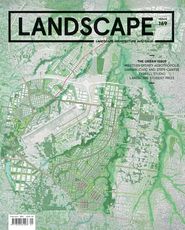
Practice
Published online: 26 Feb 2021
Words:
Emma Washington
Images:
City Renewal Authority, ACT Government and Place Laboratory
Issue
Landscape Architecture Australia, February 2021

